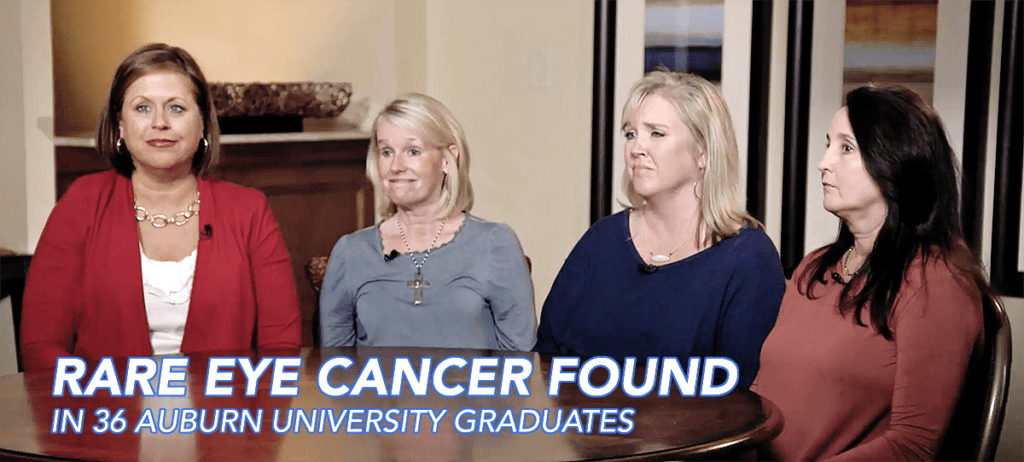Understanding Your Data Privacy
Whether scrolling through the latest Twitter trends or clearing out your inbox, if you’ve browsed the internet within this past week, the chances are that you have received an influx of emails regarding privacy policy updates from some of your most-frequented websites. You may be wondering: what do all of these updates mean, and should I be worried?
At The New York Eye Cancer Center, we value transparency to the highest degree and will always keep patients up-to-date with all aspects of our work. With our new Results Page as an example, much of that work involves making scientific information clear and readily available to our patients. This is why we are answering all questions regarding the new data privacy regulations established by The EU General Data Protection Regulation and how your personal information is recorded into our website.
As of May 25, 2018 and after four years of preparation and debate across the EU, The EU General Data Protection Regulation (GDPR) has taken effect. According to the GDPR resource website:
“The EU General Data Protection Regulation replaces the Data Protection Direction 95/46/EC and was designed to harmonize data privacy laws across Europe, to protect and empower all EU citizens data privacy and to reshape the way organizations across the region approach data privacy … The GDPR not only applies to organizations located within the EU but it will also apply to organizations located outside of the EU if they offer goods or services to, or monitor the behavior of, EU data subjects.
The GDPR applies to ‘personal data’ meaning any information relating to an identifiable person who can be directly or indirectly identified in particular by reference to an identifier. This definition provides for a wide range of personal identifiers to constitute personal data, including name, identification number, location data or online identifier, reflecting changes in technology and the way organizations collect information about people.”
Your data privacy has been a paramount priority at The New York Eye Cancer Center throughout Dr. Finger’s 30+ year practice. In accordance with the latest guidelines set out by GDPR, please refer to the outline below on the types of information collected at this website, and what we do with this information:
Patient Contact Information:
Current and prospective patients to NYECC are able to request an appointment online. In order to schedule an appointment for you, we require a name, email address and phone number. This information is made securely and is used only by employees of NYECC as a means of scheduling your appointment. This information is not sold or rented to any third party.
Comments made to our website:
In order to comment on blog content on the website, we require a name and email address. The name, while published, is input by you, and can be initials or a pseudonym. The email address is not published and is used as a means of possible contact from NYECC should you permit it.
As with other websites, internet browsing may lead to the collection of automatic information, such as: internet IP, browser software, a recent record of browsing activity, and internet cookies.
Regarding the privacy of children, the NYECC website does not knowingly collect information from anyone under the age of 13 who is unaccompanied by a parent or guardian. The website’s content is not directed to children under the age of 13 unaccompanied by a parent or guardian.
To the greatest extent of the law, we reiterate that we do not disclose any personal information to any third party with your authorization.
Any concerns regarding your information can be answered by contacting us directly at 212-832-8170.
Since 1995, Dr. Finger has developed The New York Eye Cancer to be a world-class facility for the diagnosis and treatment of eye cancer. NYECC is a trailblazing practice, and continues to be so due to the trust, loyalty, and faith of our patients and supporters.













